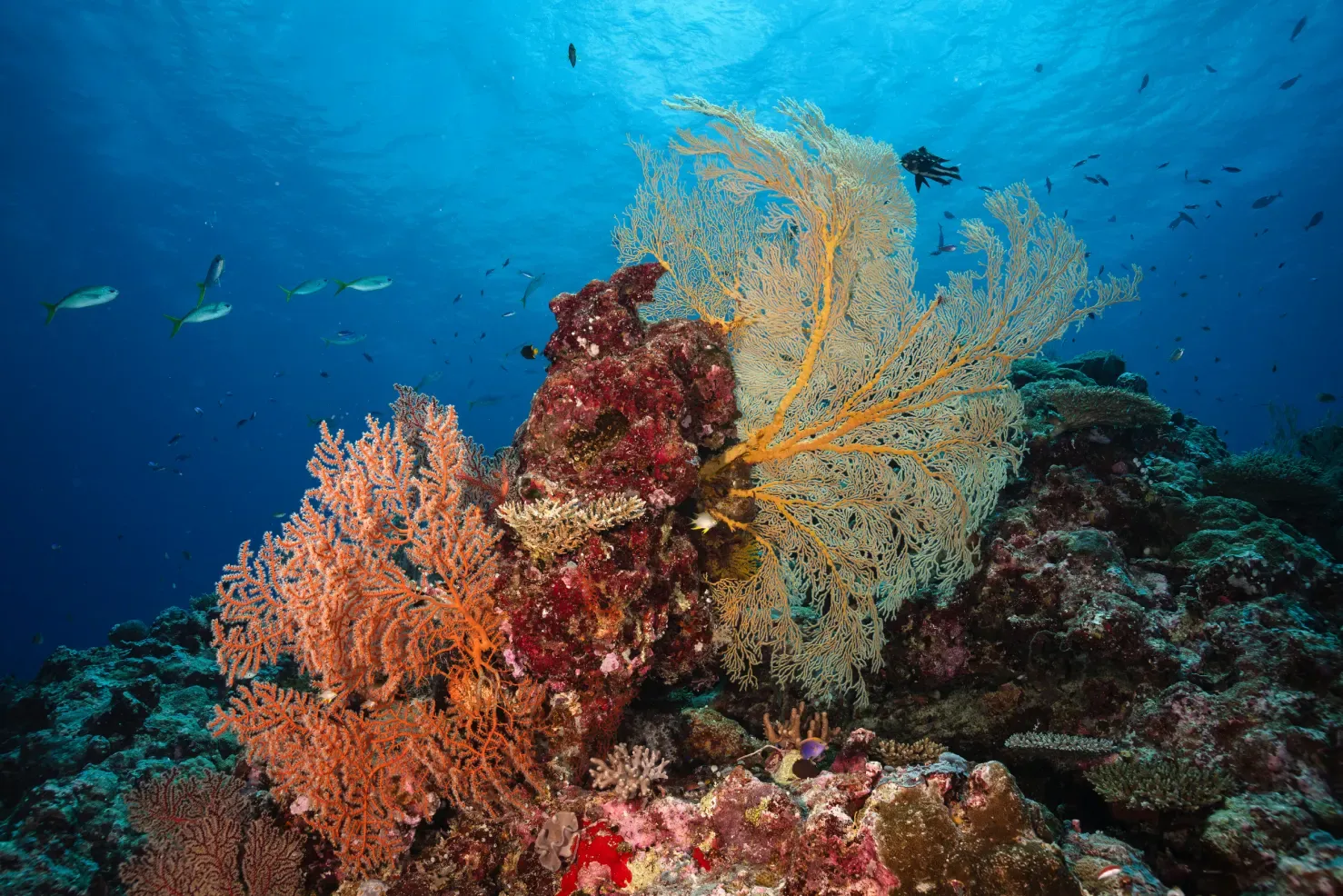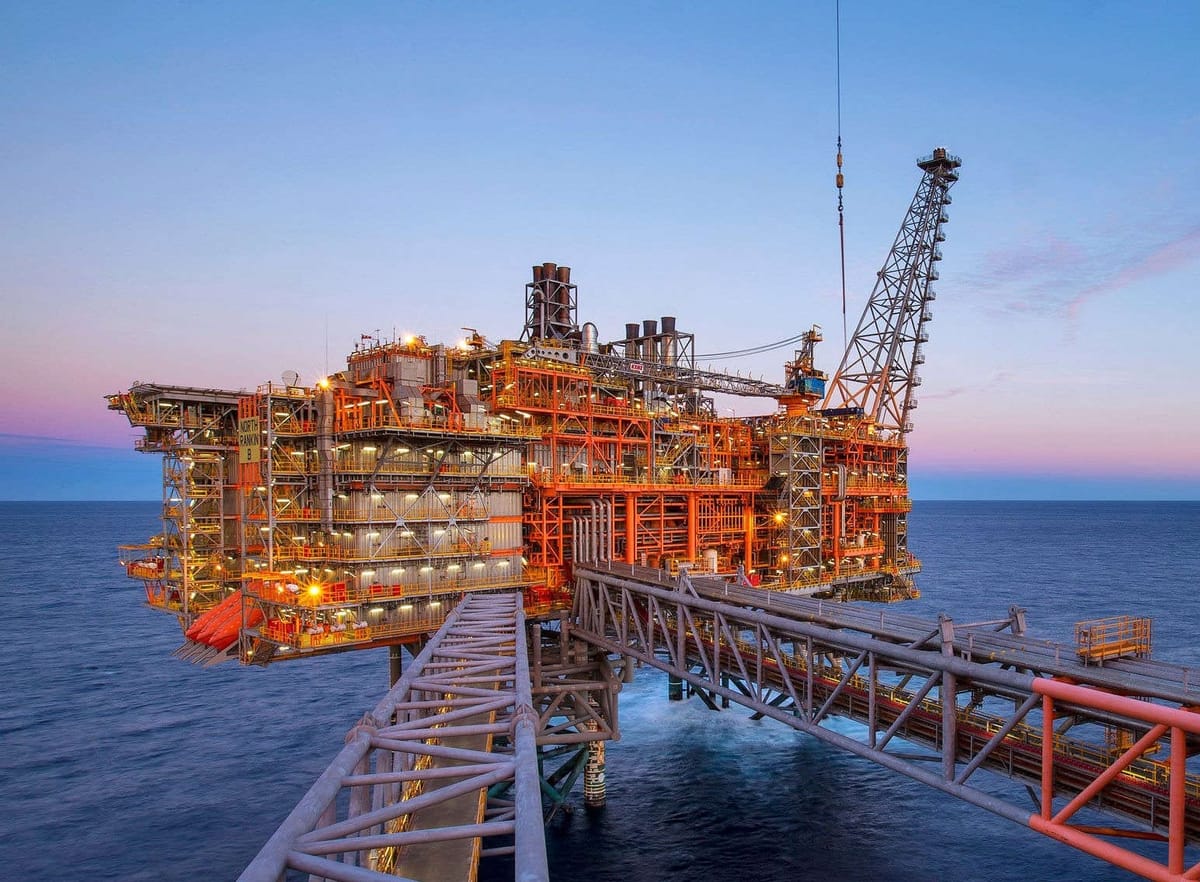Mines Department blasts holes in Alcoa’s jarrah forest care claims
Endangered cockatoos - 105,000 exploration holes a year - insecure offsets: WA’s mining regulator has questions for the US miner.
New technology has made worse-case oil spills near pristine Scott Reef "only a mere theoretical possibility," according to Woodside.

Woodside has revised its controversial plans to develop the Browse gas fields off the Kimberley coast, adding new technology to reduce the impact of an oil spill and measures to lower risks to turtles and whales.
On Monday, the WA Environmental Protection Authority released Woodside's proposed changes to its six-year-old proposal for a four-week comment period - a rare action for altering an existing proposal.
The $30 billion-plus project is near the Scott Reef marine life hot spot, 270km off Australia's north-west coast.
The gas will be produced from three gas fields in the Browse Basin, two of which are entirely in Commonwealth waters.
However, the Torosa field, which is the most environmentally sensitive as it lies under the Scott Reef, is mainly in state waters, so the WA government needs to approve that part of the project.

Woodside's revised plans, submitted to the EPA in March, follow an EPA letter to Woodside in February 2024, which stated its preliminary view was "that the proposal was unacceptable."
The stance was unexpectedly strong from a body that rarely rejects projects, instead granting approval with conditions, indicating it had significant concerns.
The main concerns were the risk to Scott Reef from an oil spill, the possible subsidence of Sandy Islet where endangered turtles nest, and disturbance to endangered pygmy blue whales.
Woodside now proposes to move the drilling closest to Sandy Islet, where the Green Turtles lay eggs, slightly further away from the important breeding ground.
The company will also utilise new technology on its Torosa wells to prevent an oil spill in the event of a well blowout: explosions will drive rams either side of the drill pipe inward to seal off any flow.
Woodside is showing great faith in what it described 18 months ago as an "emerging technology."
Woodside wrote to the EPA saying that while its original plans were "were assessed as having significant, long-term consequences" from an oil spill, using new technology meant such outcomes "are now considered to have a probability of lower than remote and should be considered as only a mere theoretical possibility."
Woodside now claims the worst credible oil spill scenario is 12 hours of oil and gas flowing into the ocean, down from 77 days it previously estimated.
Drilling within State waters will now be done from a rig moored to the seabed instead of using constantly moving propellers that "dynamically position" the rig in place. This will reduce noise that could affect Pygmy Blue Whales.
Flaring of excess gas from the drilling rig will now be done in daylight when possible to avoid bright light at night that could impact the behaviour of the Green Turtles.
Woodsides' revised proposal did not include any measures to mitigate the risk that gas extraction could cause the seabed to subside, potentially rendering Sandy Islet underwater and unusable for turtle nesting.
EPA chair Darren Walsh said that, given the time passed since the original submission and the complexities of assessing many environmental risks in a very sensitive area, public consultation was warranted.
“The volume of new technical information accompanying this proposed amendment is also considerable," he said.
“Public consultation on a proposed amendment is not (the) usual process for the EPA, but we believe that in this case the circumstances warrant it.”

Woodside's initial submission attracted more than 20,000 submissions.
Walsh said the EPA will consider submissions and then decide whether to accept the Woodside's changes.
A positive response from the EPA means it has agreed to Woodside changing some aspects of its submission. It does not mean the EPA has determined those changes to be acceptable.
A Woodside spokeswoman said the changes had been informed by collecting scientific data and monitoring industry developments since its original Browse proposal.
She said Woodside was committed to further avoiding and minimising risks to the environment for the Browse project.
Woodside and its partners BP, PetroChina, Mitsui and Mitsubishi want to pipe the gas 1000km to Woodside's ageing North West Shelf gas export plant near Karratha.
Newly appointed Federal Environment Minister Murray Watt is due to decide by May 30 whether the plant's end date can be extended from 2030 to 2070. His decision hinges on the threat from the plant's emissions to the adjacent World Heritage-nominated rock art.
Even if the North West Shelf gets the green light, the Browse project is many years away.
Last week at Woodside's annual general meeting, chief executive Meg O'Neill said she wanted to secure the main environmental approvals for Browse before committing to expensive preliminary engineering work and then front-end engineering design.
The main outstanding approvals include those from the State and Federal governments for Browse, which will now be slowed by the consideration of the changes released today.
Woodside also needs Federal approval for its plans to store the high level of carbon dioxide in the Browse reservoirs under the seabed, which were lodged in January. Just three years ago, Woodside had described carbon storage as a "high risk, high cost" option.
All the info and a bit of comment on WA energy, industry and climate every Friday